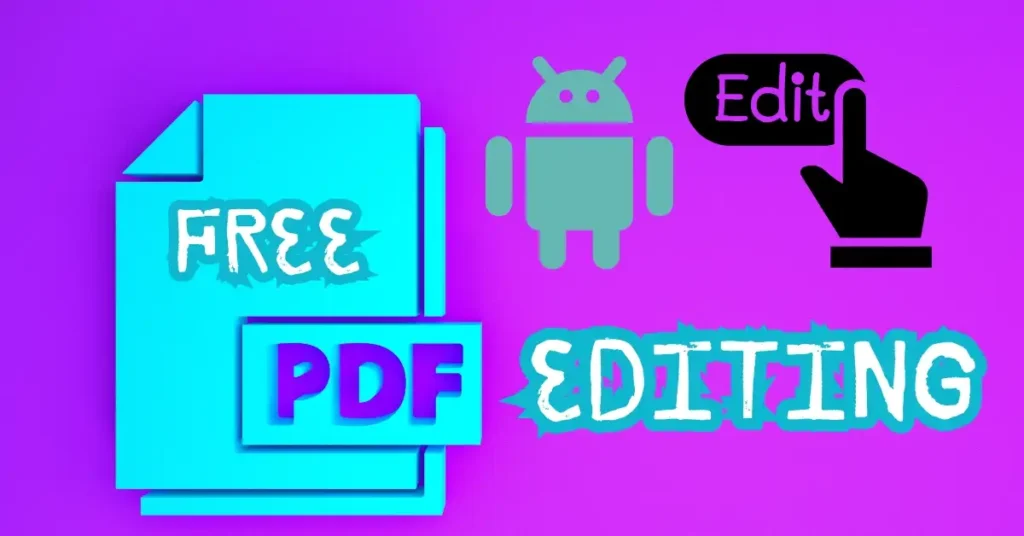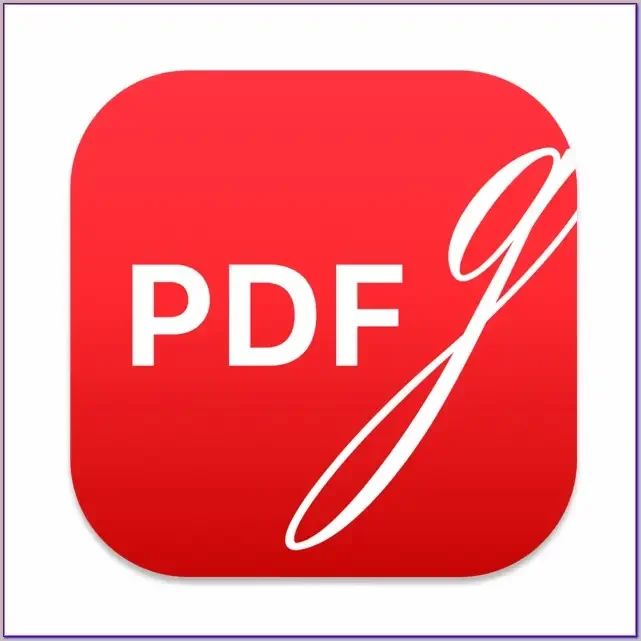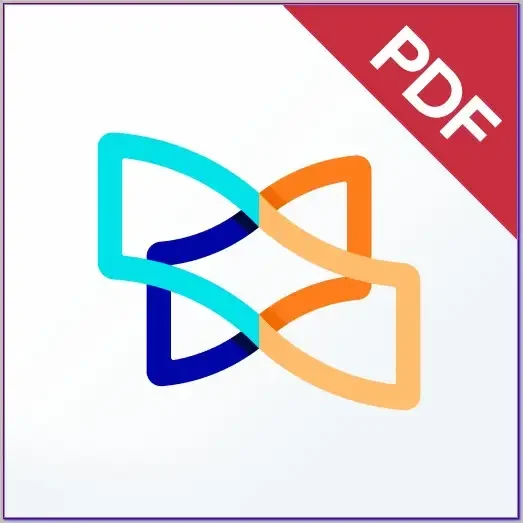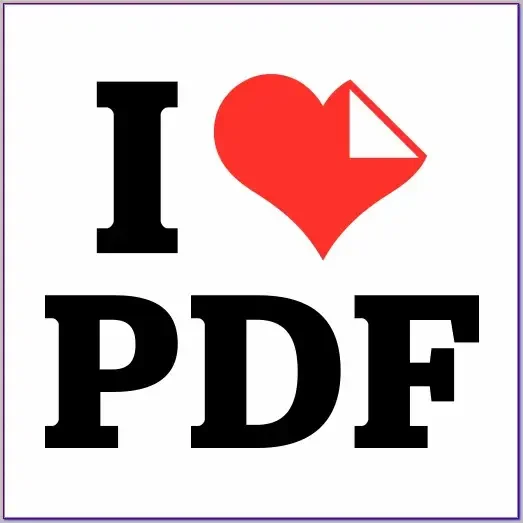Hello Friends, if you’re dealing with PDFs on your Android phone or tablet, you know the struggle. Whether it’s annotating lecture notes for a class, signing a work contract, or just organizing your life, you need a PDF editor for Android that works offline. Why offline? Because Wi-Fi isn’t always there, and sometimes you just want to keep your data private. I’ve been there – stuck on a train with a PDF that needs editing and no internet. That’s why I’ve put together this list of the best PDF editor apps for Android that work offline, perfect for students and professionals in 2025.
These apps are built for office and student needs, so whether you’re highlighting study materials or tweaking a report, you’re covered. Let’s cut the nonsense and dive into the top five apps that’ll make your life easier. I’ve tested these, read reviews, and even thrown in some real-world examples to keep it real – like we’re chatting over coffee.

Why You Need a PDF Editor That Works Offline on Android
PDFs are everywhere – school assignments, work documents, forms, you name it. But editing them on Android can be a pain if you don’t have the right app, especially without the internet. Here’s why offline PDF editors are a game-changer:
- Privacy: No internet means no data leaving your device.
- Flexibility: Work anywhere – on a plane, in a village, or during a commute.
- Productivity: Get stuff done without waiting for a connection.
I remember when I was cramming for an exam and needed to annotate a PDF of lecture slides. My campus Wi-Fi was down, but an offline PDF editor saved the day. These apps are built for moments like that.
Top 5 PDF Editor Apps That Work Offline on Android
Here’s the no-fluff list of the best PDF editor apps for Android that work offline in 2025. Each one’s got its strengths, so you can pick what fits your vibe.
1. PDFgear

- What’s it about? PDFgear is a completely free app that works offline on Android. It’s loaded with features like text editing, merging, splitting, compressing, and even OCR (Optical Character Recognition) for turning scanned documents into editable text.
- Why it’s awesome: It’s 100% free – no ads, no in-app purchases. The built-in scanner with OCR is a lifesaver for students dealing with scanned notes or professionals handling forms.
- How to get it: Download from Google Play.
- Pros:
- Completely free, no hidden costs
- Works offline
- Robust tools: edit text, merge, split, compress, convert
- OCR for scanned documents
- Cons:
- Lacks some advanced features of paid apps (but most users won’t notice)
Example: I had a stack of scanned lecture notes for a project. With PDFgear, I scanned them, converted the text, and edited them right on my phone – no Wi-Fi needed. It was a total time-saver.
2. Xodo PDF Reader & Editor

- What’s it about? Xodo is a free PDF editor and viewer that works offline. It’s great for annotating, editing text, and even signing documents.
- Why it’s awesome: Perfect for students who need to highlight or add notes to PDFs. It also syncs with cloud storage like Google Drive and Dropbox, but you don’t need the internet to edit.
- How to get it: Available on Google Play.
- Pros:
- Free with no subscription
- Offline editing
- Annotation tools for highlighting, notes, and drawing
- Cloud integration for when you’re online
- Cons:
- The free version may have ads
- Some advanced features are limited
Example: For a group project, my team used Xodo to annotate a shared PDF. I could add comments and highlights offline during my commute, and it synced up later when I got Wi-Fi.
3. WPS Office

- What’s it about? WPS Office is a full office suite with a solid PDF editor that works offline. It’s free, though it comes with some ads.
- Why it’s awesome: It’s not just a PDF editor – you get word processing, spreadsheets, and presentations too. Great for students or professionals who need an all-in-one solution.
- How to get it: Download from Google Play.
- Pros:
- Free with basic features
- Offline editing
- Comprehensive office suite
- Cloud integration
- Cons:
- Interface can feel cluttered
- Ads in the free version
Example: I used WPS Office to edit a PDF report and a Word doc for work on the same app. The offline mode was smooth, and I didn’t have to juggle multiple apps.
4. Foxit PDF Reader

- What’s it about? Foxit is a popular PDF reader with editing capabilities that works offline. It’s free for basic features and has a clean interface.
- Why it’s awesome: It’s great for quick edits like filling out forms or adding annotations, and it’s super intuitive to use.
- How to get it: Available on Google Play.
- Pros:
- Free version with offline support
- Edit text, annotate, fill forms
- Clean and user-friendly interface
- Cons:
- Advanced features may require payment
Example: I filled out a PDF form on my tablet while on a train using Foxit. The offline mode worked flawlessly, and I could send it off once I had the internet.
5. I Love PDF (with Subscription)

- What’s it about? I Love PDF is a feature-rich PDF editor, but offline editing on Android requires a subscription ($48/year).
- Why it’s awesome: It offers advanced tools like merging, splitting, and editing text/images, making it ideal for professionals with complex needs.
- How to get it: Download from Google Play.
- Pros:
- Multi-platform support
- Extensive tools: merge, split, compress, edit
- Offline editing with a subscription
- Cons:
- Offline use requires a $48/year subscription
- Not free for offline editing
Example: I used I Love PDF to edit a PDF with images and text while travelling. The offline mode (with a subscription) was a lifesaver, but I wish it were free.
Free Tools to Boost Your PDF Editing
Here are some free tools to complement your PDF editing:
- Google Drive: Store and access PDFs for editing when online. Get started.
- Canva: Create visuals to add to PDFs (online only). Try it.
- PDF2Go: Online tool for quick edits when you have internet. Check it out.
Comparing the Top Apps
Here’s a quick comparison to help you decide:
| App | Free? | Offline Editing | Key Features | Best For |
|---|---|---|---|---|
| PDFgear | Yes | Yes | OCR, merge, split, compress, edit | Students, budget-conscious users |
| Xodo | Yes | Yes | Annotate, edit, cloud sync | Students, collaborative work |
| WPS Office | Yes | Yes | Full office suite, PDF editing | All-in-one office needs |
| Foxit | Yes | Yes | Edit, annotate, fill forms | Quick and simple edits |
| I Love PDF | No (subscription) | Yes (with subscription) | Advanced editing, multi-platform | Professionals with complex needs |
My take: If you want free and reliable, PDFgear or Xodo are your best bets. Need advanced features and don’t mind paying? Go for the I Love PDF.
How to Make These Apps Work for You
Here’s how to get the most out of your PDF editor for Android that works offline:
- Download files first: Make sure your PDFs are saved on your device for offline access.
- Test features: Try out annotations, text editing, or OCR to see what works best for your tasks.
- Organize your files: Use folders on your device to keep PDFs tidy.
- Backup when online: Sync edited files to cloud storage like Google Drive for safekeeping.
Example: My friend Priya, a student, used Xodo to annotate her study guides offline during a long bus ride. She highlighted key points and added notes, then synced them to Google Drive when she got home.
FAQs: Your Questions Answered
Q: Can I edit PDFs offline on my Android device?
A: Yes! Apps like PDFgear, Xodo, and Foxit PDF Reader let you edit PDFs offline. Just download the app and your PDF file beforehand.
Q: Are there completely free PDF editors that work offline on Android?
A: Absolutely. PDFgear and Xodo are free and work offline. I Love PDF requires a $48/year subscription for offline use.
Q: Which PDF editor is best for students?
A: Xodo or PDFgear are great for students. They’re free, work offline, and have annotation tools perfect for highlighting notes or marking up assignments.
Q: How do I choose the right PDF editor for my needs?
A: Think about your priorities:
* Free and simple: PDFgear or Xodo.
* Advanced features: I Love PDF (with subscription).
* All-in-one office suite: WPS Office.
* Clean interface: Foxit PDF Reader.
Check if the app supports offline editing and matches your device’s capabilities.
Q: Can these apps handle scanned documents?
A: Yes, PDFgear stands out with its OCR feature, which converts scanned PDFs into editable text. Xodo and Foxit also handle scanned documents but may not have OCR.
Conclusion: Your Next Step
There you go – the best PDF editor apps for Android that work offline in 2025. Whether you’re a student annotating notes or a professional signing contracts, these apps will keep you productive anywhere. My top pick is PDFgear because it’s free, feature-packed, and works offline without any hassle. If you need more advanced tools and don’t mind paying, I Love PDF is a solid choice.
Pick the app that fits your needs, download it, and start editing. You’ve got this!
Know More: For more productivity tips and tech tools, check out daytalk.in.

